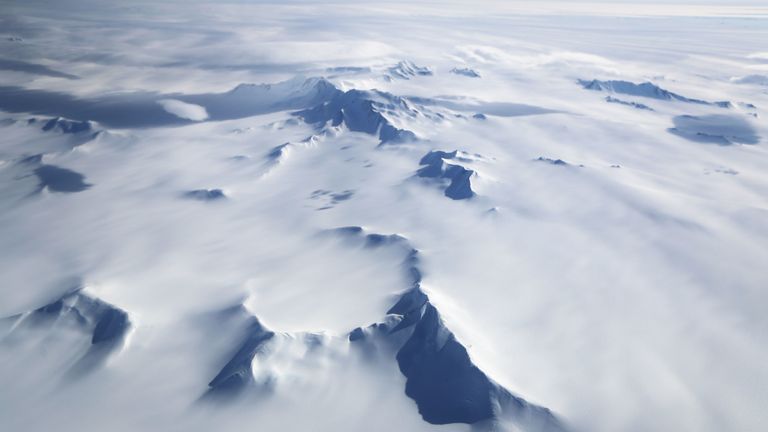The hole in the ozone layer above Antarctica has shrunk to its smallest since it was first discovered in the 1980 s due to abnormal weather patterns, according to NASA.
Roughly seven to 25 miles above Earth’s surface, the ozone layer shields the planet from potentially harmful ultraviolet radiation that can cause skin cancer and cataracts, suppress immune systems and also damage plants.
Back in 2001, scientists at NASA said they located the largest ozone hole ever recorded, covering 11 .5 million square miles over Antarctica – although this size hasn’t been reached since.

At its peak this year, the annual ozone hole reached just 6.3 million square miles on 8 September, before shrinking to less than 3.9 million square miles for the remainder of September and October – although this was due to weird weather conditions rather than human attempts to control CFCs.
“It’s great news for ozone in the Southern Hemisphere,” said Paul Newman, chief scientist for Earth Sciences at NASA.
“But it’s important to recognize that what we’re seeing this year is due to warmer stratospheric temperatures. It’s not a sign that atmospheric ozone is suddenly on a fast track to recovery.”
“The Antarctic ozone hole forms during the southern hemisphere’s late winter as the returning sun’s rays start ozone-depleting reactions.
“These reactions involve chemically active forms of chlorine and bromine derived from manmade compounds,” the space agency’s scientists explained.

“The chemistry that leads to their formation involves chemical reactions that occur on the surfaces of cloud particles that form in cold stratospheric layers, leading ultimately to runaway reactions that destroy ozone molecules.
” In warmer temperatures fewer polar stratospheric clouds form and they don’t persist as long, limiting the ozone-depletion process, “NASA explained.
:: A New Climate is a series of special podcasts from the Sky News Daily. Listen onApple Podcasts,Google Podcasts,Spotify, (Spreaker)
According to NASA and the US National Oceanic and Atmospheric Administration (NOAA) in Colorado this is the third time in the last 40 years that warm temperatures have limited ozone depletion.
Susan Strahan, an atmospheric scientist as NASA, said : “It’s a rare event that we’re still trying to understand. If the warming hadn’t happened, we’d likely be looking at a much more typical ozone hole.”







GIPHY App Key not set. Please check settings